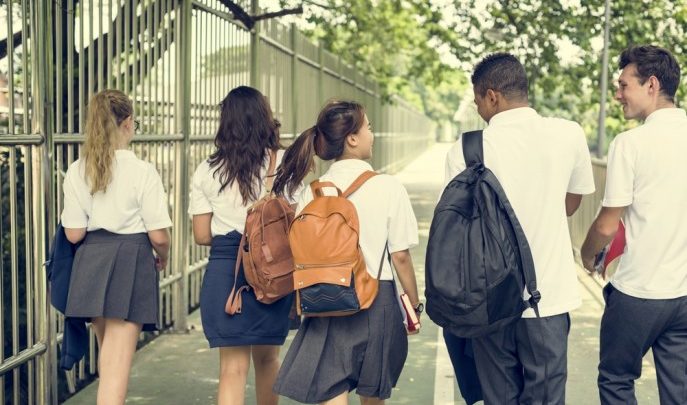Would Pupil Premium Be Better Spent Targeting Critical Moments In Students’ Education Journeys?

Last year a DFE report revealed that schools spend their near-£1,000-per-student grant on 18 different interventions on average. Do we not need clarity on the most effective ways to use this money?

- by Steve Adcock

When someone mentions the achievement gap I think of a graph with two lines, one line for poorer kids, one line for richer kids.
The lines start pretty close together, then get further and further apart as these two groups progress through education. What was a hair’s breadth gap at the age of 3 is a chasm by the time these kids reach 18.
Occasionally, we see first-hand particular moments of this achievement gap play out in the life of an actual child.
Recently, on a school visit, I spoke to a girl in Y11 who qualifies for the pupil premium. She is on track for As and A*s in her GCSEs this summer, but when I asked her of her plans for next year, she replied: “I’ll probably go to the local college to do BTECs.”
On the website of every school in England you’ll see a report on how it spends its Pupil Premium grant – it’s a statutory requirement.
Last year a DFE report revealed that schools spend this grant (almost £1,000 per student per year for secondary schools – more for primary schools) on 18 different interventions on average.
The most popular interventions include paired or small-group additional teaching; 1:1 tuition; trips to cultural venues; social/emotional support programmes and extracurricular clubs.
Aside from the fact that an average of 18 different interventions indicates a lack of clarity about the specific barriers facing disadvantaged kids in each of our schools, I also thought that these Pupil Premium reports might fit the way that school budgets are managed (a pot of funding divided into different interventions, with each intervention evaluated for its impact) but might not fit with the actual journey that an actual disadvantaged student takes through our schools; a journey beset by potential pitfalls and obstacles.
Perhaps we could rethink our approach to Pupil Premium by identifying critical moments when Pupil Premium students are vulnerable, when social mobility gets stuck, such as:
• Primary to secondary transition • If/when attendance slips below 95% • If/when a student reaches a behaviour threshold; eg five incidents in a half term or similar • Year 9 options • Start of Year 11 • Post-16 options • UCAS process • A-Level results day
These moments can be challenging for all students, not just Pupil Premium students, but it’s at critical junctures such as these that more affluent kids receive additional support from their family – ‘airbags’ of support inflate, in the words of sociologist Robert Putnam.
Here’s what our Pupil Premium support might look like if we base it around these points:
• Primary to secondary transition Member of staff from secondary school makes a home visit, then checks in with the student every day for the first week of secondary school, and once a week thereafter.
• If/when attendance slips below 95% Parent/teacher meeting with action plan agreed.
• If/when a student reaches a behaviour threshold Tailored support to address cause of behaviour issues.
• Year 9 options Guidance on appropriate courses from specialist careers coach.
• Start of Year 11 Provision of all revision guides and revision audit eg do they have access to a quiet space? Do they know how to revise? Do they know how to access past papers?
• Post-16 options Guidance on appropriate courses from specialist careers coach.
• UCAS process As above, plus fully subsidised visits to appropriate universities and interview preparation if required.
• A-Level results day Priority support at 7am on results day as clearing lines open.
Our poorer kids don’t always benefit from the seatbelts and airbags that keep more privileged kids on the straight and narrow. It’s for those of us in schools to identify moments of vulnerability for our most disadvantaged kids in order to stop the achievement gap playing out before our eyes.
Steve Adcock is deputy director academies (south) at United Learning, and co-author of Headstrong: 11 Lessons of School Leadership. You can find him at steveadcock81.wordpress.com or on Twitter at @SteveAdcock81.







